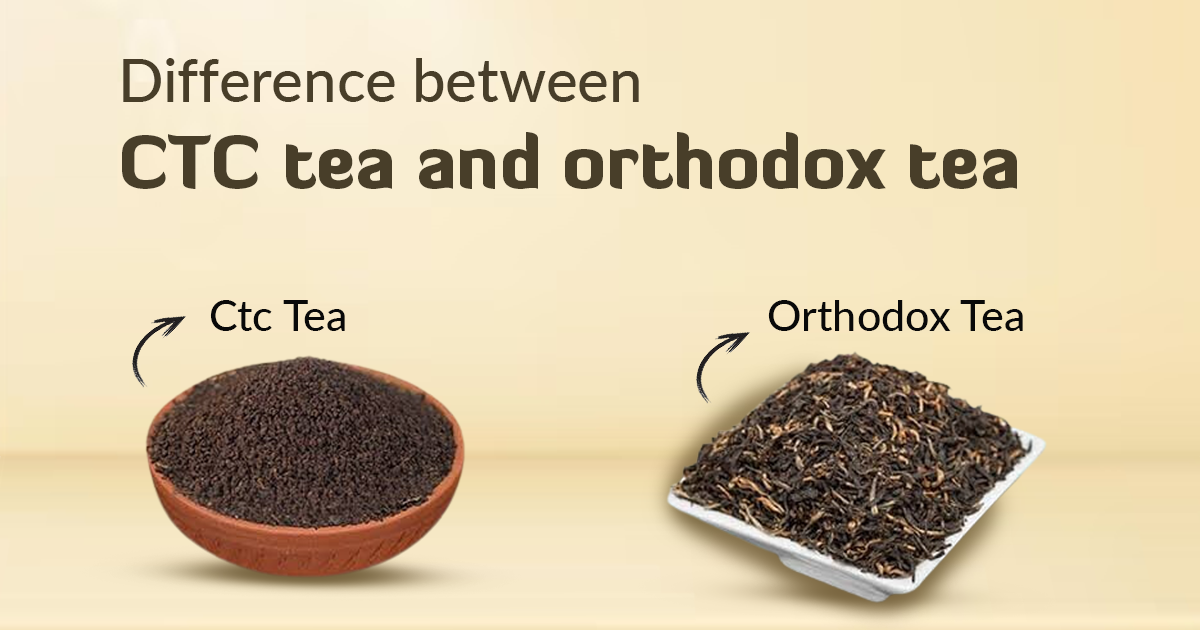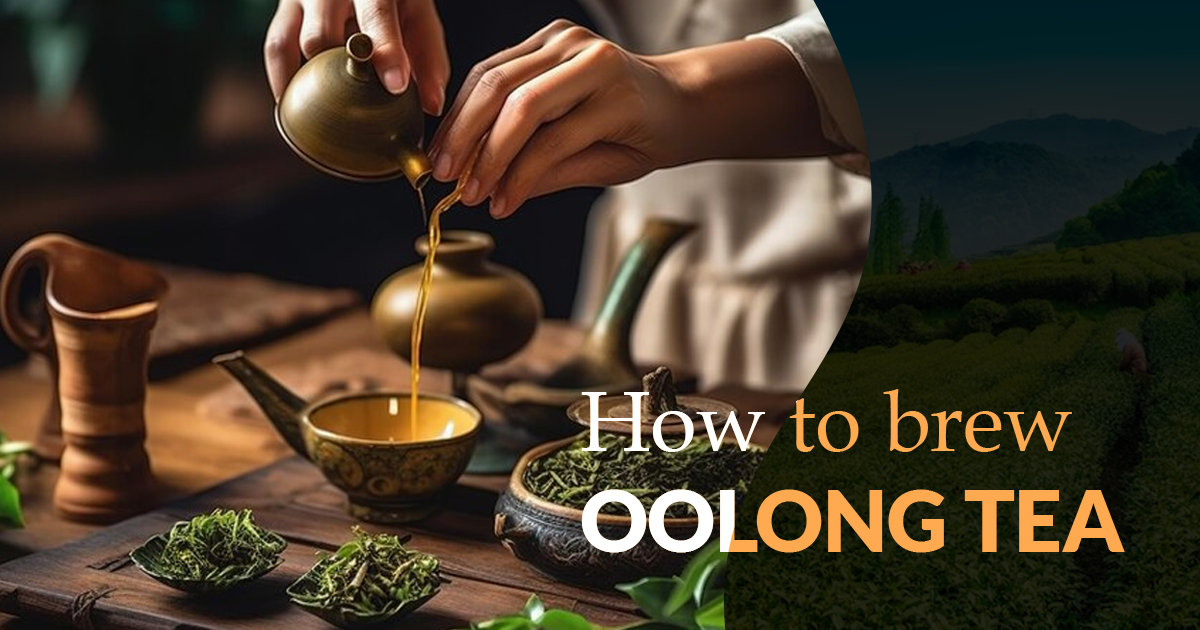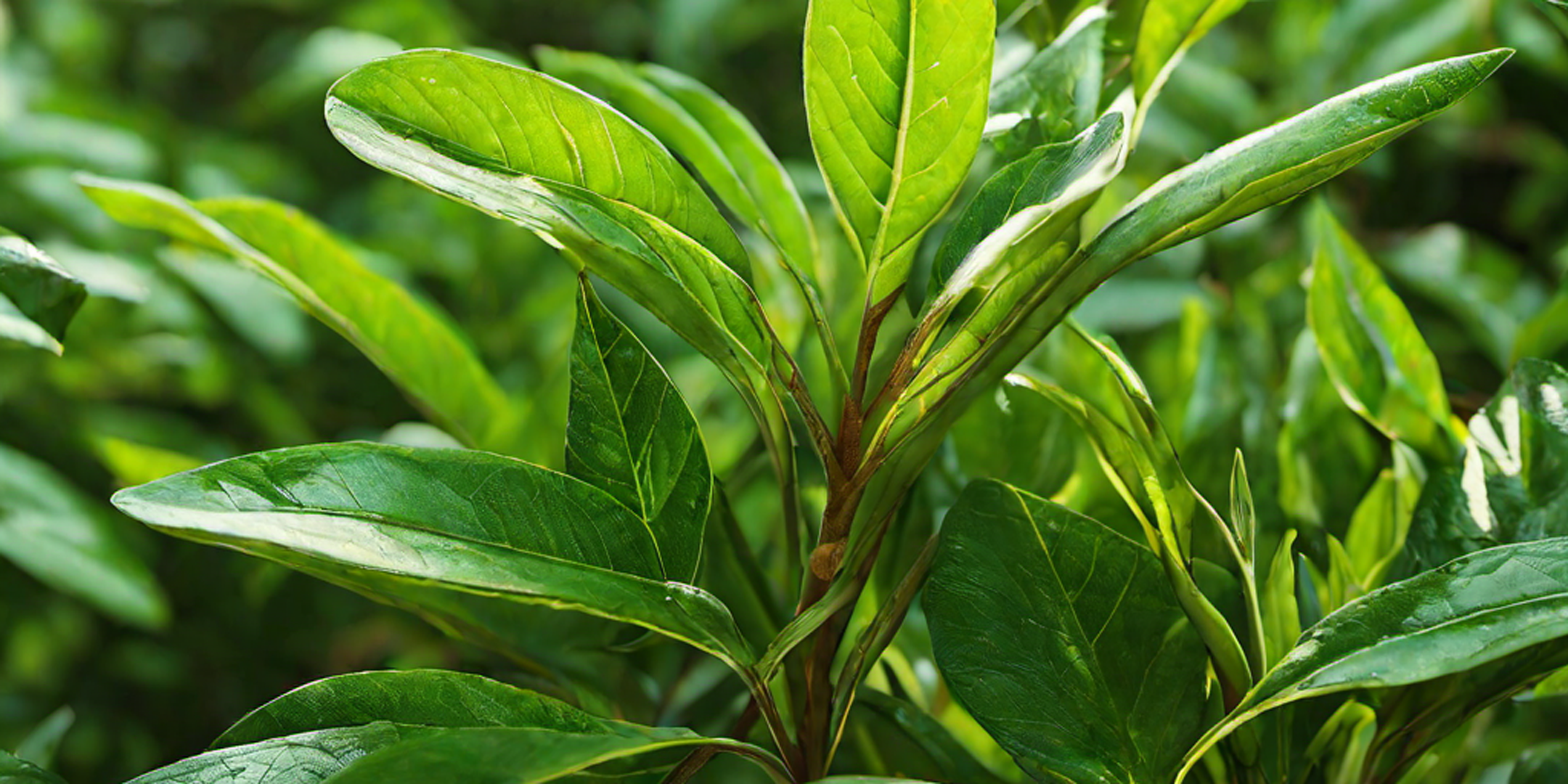Tea has been a beloved beverage for centuries, offering a variety of flavors and aromas that cater to different tastes. When it comes to tea production, two popular styles stand out: CTC (Crush, Tear, Curl) and Orthodox. Here discover the unique characteristics that set CTC tea and Orthodox tea apart. This article delves into the differences between these two tea varieties, providing insights into their distinct production processes and the diverse flavors they bring to your cup.
Table of Contents
- Introduction
- Orthodox Tea: Embracing Tradition
- 2.1 Method of Production
- 2.2 Preserving Virtues of the Leaves
- 2.3 Flavor Complexity and Delicacy
- CTC Tea: A Modern Approach
- 3.1 Advanced Processing Method
- 3.2 Fast and Homogenized Production
- 3.3 Bold and Inclusive Flavor Profile
- Comparing Orthodox and CTC Teas
- 4.1 Shape and Size
- 4.2 Flavor Profiles
- 4.3 Production Methodologies
- Which Tea Should You Choose?
- Conclusion
1. Introduction
Tea enthusiasts around the world are often intrigued by the differences between CTC tea and Orthodox tea. These two production styles offer distinct experiences in terms of flavor, appearance, and brewing methods. To truly appreciate the nuances of each type, it is essential to understand their unique characteristics.
2. Orthodox Tea: Embracing Tradition
2.1 Method of Production
Orthodox tea production follows a traditional approach that involves several meticulous steps. The process begins with the careful plucking of tea leaves, usually limited to the unopened bud and the top three leaves. These leaves are then subjected to withering, rolling, oxidation/fermentation, and drying.
2.2 Preserving Virtues of the Leaf
The primary goal of Orthodox tea production is to preserve the singular virtues of the tea leaves. By adhering to traditional methods, tea artisans can unlock a diverse range of flavors and aromas. The withering process prepares the leaves for further processing, ensuring they do not shatter or crumble during rolling and shaping.
2.3 Flavor Complexity and Delicacy
Orthodox tea is renowned for its flavor complexity and delicate nature. Whether it is black, green, white, or oolong tea, each variety offers a unique taste experience. The careful rolling and handling of the leaves contribute to the development of distinct flavors. Orthodox teas are highly prized in the global tea market for their authentic and nuanced profiles.
3. CTC Tea: A Modern Approach
3.1 Advanced Processing Method
CTC tea, in contrast to Orthodox tea, employs a more advanced processing method. The acronym stands for Crush, Tear, and Curl, which accurately describes the process. Tea leaves are passed through cylindrical rollers with serrated blades that crush, tear, and curl the leaves into small, even-shaped pellets.
3.2 Fast and Homogenized Production
The main advantage of CTC tea production is its speed and efficiency. This method was specifically developed to meet the increasing demand for tea in a timely manner. Unlike the meticulous steps involved in Orthodox tea production, CTC tea can be processed rapidly, making it an ideal choice for the tea bag industry and the production of spicy chai blends.
3.3 Bold and Inclusive Flavor Profile
CTC tea is known for its bold and inclusive flavor profile. The resulting tea has a pungent astringency and a bright, powerful liquor. These characteristics make CTC tea suitable for blending with condiments like milk and lemon. The fast-infusing nature of CTC tea ensures that the flavors are quickly released, providing a consistent taste experience.
4. Comparing Orthodox and CTC Teas
4.1 Shape and Size
One of the most noticeable differences between Orthodox and CTC teas is their shape and size. Orthodox teas retain the original long structure of the tea leaves, while CTC teas are crushed, torn, and curled into small, even pellets. The shape of CTC tea lends itself well to tea bags, providing convenience for consumers.
4.2 Flavor Profiles
The flavor profiles of Orthodox and CTC teas also differ significantly. Orthodox teas offer a wide range of flavors, reflecting the subtle nuances of the tea leaves. The complexity and delicacy of these teas make them highly sought after by tea connoisseurs. In contrast, CTC teas have a bold and inclusive taste, providing a strong and pungent experience.
4.3 Production Methodologies
The production methodologies of Orthodox and CTC teas highlight their distinct approaches. Orthodox tea production requires meticulous human intervention and can be time-consuming. The traditional methods ensure the preservation of the leaf's integrity and result in a diverse range of flavors. In contrast, CTC tea production is a faster and more mechanized process, focusing on delivering a standardized quality of tea.
5. Which Tea Should You Choose?
Choosing between CTC tea and Orthodox tea ultimately depends on personal preference. If you prefer a tea with complex flavors and delicate characteristics, Orthodox tea is the ideal choice. Its traditional production methods and attention to detail result in an authentic and nuanced tea experience.
On the other hand, if you enjoy a bold and inclusive flavor profile, CTC tea is worth exploring. Its fast-infusing nature and compatibility with condiments like milk make it a popular choice for tea enthusiasts who prefer a stronger taste.
6. Conclusion
In conclusion, the differences between CTC tea and Orthodox tea lie in their production methods, flavor profiles, and overall characteristics. Orthodox tea embraces tradition and offers a wide range of flavors, while CTC tea represents a more modern and efficient approach with its bold taste. Both teas have their own unique appeal and cater to different preferences. Whether you choose the delicate complexities of Orthodox tea or the strong and inclusive flavors of CTC tea, both will provide a delightful tea-drinking experience.




